A brief note on palaces and historic monuments of Thrissur
Thrissur is known as the cultural capital of Kerala, and it got this distinction not so easily. Many historic elements of heritage value are deeply linked with the culture and traditions of Thrissur. Through this column, I shall briefly describe some of the palaces built by rulers of Thrissur, apart from a few historic monuments from the ancient ages.
Shakthan Thampuran Palace

Shakthan Thampuran Palace, located near Vadakke Chira is associated with the memories of many great rulers of Kochi. Sarpakavu and memorial of Shakthan Thampuran are located inside the palace premises, apart from a beautiful garden. The palace of heritage value, reconstructed in Kerala-Dutch style in 1795 by Ramavarma Thampuran is preserved by Archaeological Department now. During different reigns, this palace served as a centre of power of several rulers.
Shakthan Thampuran of Kochi holds a position equal to Marthanda Varma of Travancore. Shakthan Thampuran is credited to introducing Thrissur Pooram and bringing in several reforms within his state. He also constructed major roads and buildings of the main town, and owns a special place in the hearts of his subjects. Thampuran took his last breath in West Palliyara of the second storey of this palace and his final resting place is also located inside the palace premises. A memorial was built in his resting place later. Shakthan ruled Kochi kingdom for long 36 years.
Government took over the control of this palace in 1996 and changed it to a museum in 2005. The museum displays Bronze Gallery, Megalithic Gallery, Sculpture gallery, Numismatics Gallery, Epigraphy Gallery and also a Gallery for Household Utensils made of bronze and copper, used by the rulers of Kochi. Flag post of Tipu Sultan and many tombs have also been preserved here.
Rajarshi’s palace is now Kerala Varma College

Merry Lord Palace – the recreation palace of Rama Varma Maharaja (also known as Rajarshi) was later changed to Kerala Varma College. He ruled Kochi during 1895 -1914, and later shifted to Rajarshi Palace, located in Kanattukara. He gave away his position when his relations with British grew tense and later lived a very simple life in Rajarshi palace after his reign. After his death, this palace and surrounding areas were granted by Kerala Varma for the purpose of college studies. The college started functioning on August 11, 1948. There is an area named Ooty within the college premises filled with trees, which were once planted by Kerala Varma during his reign. Rama Varma passed away on 1932, January 29th. His final resting place is also located within the college premises.
Appan Thampuran Memorial

Appan Thampuran – known as patron of arts and literature also spent his last years in Thrissur, and his resting place is located in Ayyanthole. A memorial of Appan Thampuram has been constructed near to it. Though there have been demands to connect his resting place (currently situated in the middle of road) with the memorial, it’s not fulfilled yet. Appan Thampuran was the author of first published detective novel of Malayalam – Baskara Menon (1905). He also attempted to make a film in Malayalam, though couldn’t fulfill his dream. He was an author of many books, journalist, architect, researcher and historian, apart from his deep knowledge in art forms. He has ruined a lot of ancestral property for the sake of his cultural activities. A person of virtue, Appan Thampuran was also known for his love towards subjects. He passed away on 1941, November 19. Every year, on his death anniversary, flowers are placed on his resting place. The memorial preserves many accessories and possessions of Thampuran including his royal dress, used chair, diaries, writing equipment, prepared sketches of a novel, ‘Bhootharaayar’ to prepare a movie and many more.
When you enter the palace (where Appan Thampuran lived, later converted to his memorial) certain sculptures are placed on either side of the main door, once made by Appan Thampuran. He hated eco sound most. So during its construction, he brought a musician here and made him sing to ensure that the walls don’t produce echo. His resting place is located near his memorial, in neglectance.
Pathiri Bhavanam of Veloor
The residence of Arnos Pathiri (a Christian priest) in Veloor is now conserved by state government as a heritage centre and also a pilgrim place of historians. 1700 December 13, Arnos Pathiri reached Kerala from Germany. His real name is John Earnest Hangsildon, and he belonged to Eso Christian Community. Most of his activities were concentrated to Veloor of Thrissur. He was also attracted towards Indian culture and heritage. He mastered Malayalam and Sanskrit and also became popular as a poet. Puthan Paana, Samskritha Vyakaranam – Grammatik Malayalam-Portuguese Dictionary etc are some of his literal contributions to Malayalam, apart from his missionary works. He also wrote many devotional songs.
The church and his residence built with traditional architectural style, both built by the priest in Veloor still hold his memories. He was very popular among the masses. The church walls are filled with pictures, which throws light to old architectural styles existed then. A church was built later for worship. Yet believers still visit the old church constructed by priest once in a week.
Muniyaras of Munipara
Eenchakund Parunthu Paara of Varantharapilly Panchayat still hold some reminiscences of past. Muniyaras located here gave the name Munipara to the place. The place is located 2.5 kms away from Muniyattukunnu of Muppliyam, preserved as heritage by government of India. Saints used to stay in Muniparas, and they were constructed by rocks of 1 metre length. A person can comfortably sit inside it, but can’t stand beneath. So it’s widely believed that muniparas were used by saints for meditation and prayer. Many of such muniparas (earlier there were 10 muniyaras) in government property have been destroyed by unauthorized mining. Now only 3 of them have left.
It’s with the strict intervention of local people, the unauthorized mining of the areas have been stopped. Several protests and strikes resulted in the closing of quarries. But it was already late. Most of the muniyaras were already destroyed. Now the remaining muniyaras are conserved by local people.
Smarakasila of Villidam
Villidam still preserves some elements of Stone Age. A stone of 15 feet height and 12 feet width from Stone Age is still preserved there. Archeologists believe that the stone might have same size beneath the soil too. This stone is locally called Pellachi Kallu, Neelikallu etc, and is believed to be a memorial of a woman belonging to lower caste. A woman changed to stone – a few such myths also exist! A few others, who don’t believe in folk stories, prefer to believe that it’s a symbol fixed during Tipu’s invasion in Kerala. But findings of archeologist department have put end to such stories and myths. The stone was laid long before caste system came into existence. It may be the grave of someone too – a few researchers suggest. The stone is approximately 3000 years old, and might be the last fingerprint of Stone Age, and the last one to survive among 10 or more.
Since 1940, Archeological department has been preserving this stone structure. Years earlier, a board was fixed aside the stone giving its details. But it’s destroyed now and the department now plans to fix a new one.
Peruvanam Palace
Peruvanam palace located near Peruvanam temple Thekkenada is spread in 3.5 acres. This Nalukettu was once the ancestral home of Peruvanam Kunnathoor Padinjaaredathu Mana. If you enter the palace from Thekkenada of the temple, Ottasrambi Padippura in two storeys is visible first. Centuries old trees are found within the palace premises, with names of many trees unknown, which gives an illusion of a Nalukettu situated within a thick forest.
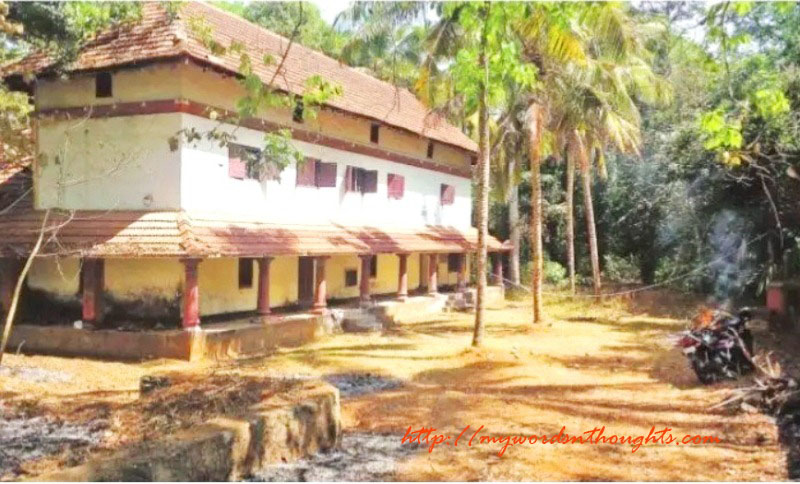
There is a huge stone bharani (storage container) in one of the rooms of the palace. It’s not possible to lift that container and place it outside. As per belief, the bharani was fixed inside the room during the construction phase of the building. The palace is now under the direct control of Travancore Devaswom, and used as their office for a short period. Thus this palace also got the name, Kacheri. But later the functioning of the office seized.
For Peruvanam Thattakam (local people of that particular desam), the palace was given to conduct celebrations and give meals for a short period. The palace was renovated in 2003, and a study centre of traditional art forms was also begun. Now this heritage palace is on the verge of destruction due to lack of maintenance and caring. Read more about Peruvanam Palace here.
You can read a few more articles on Thrissur – The Cultural Capital of Kerala. Here is the page link. Click on the images in the gallery to read

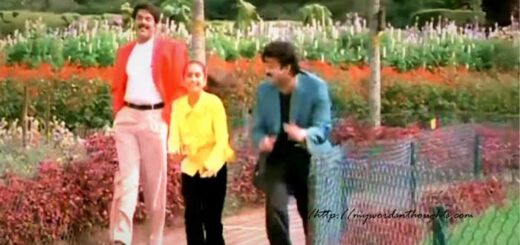
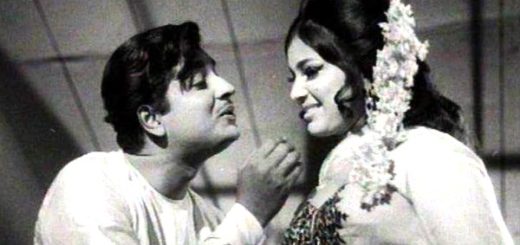
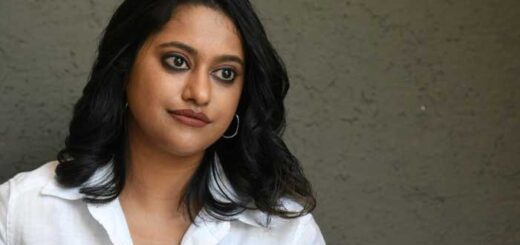



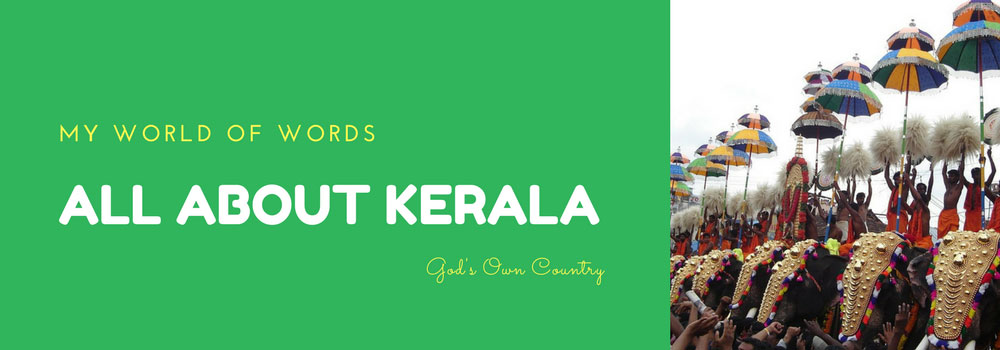




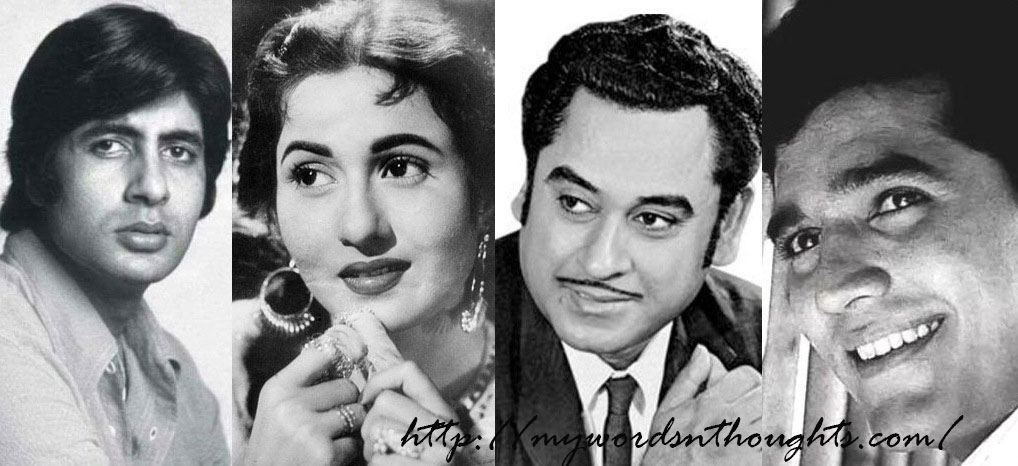
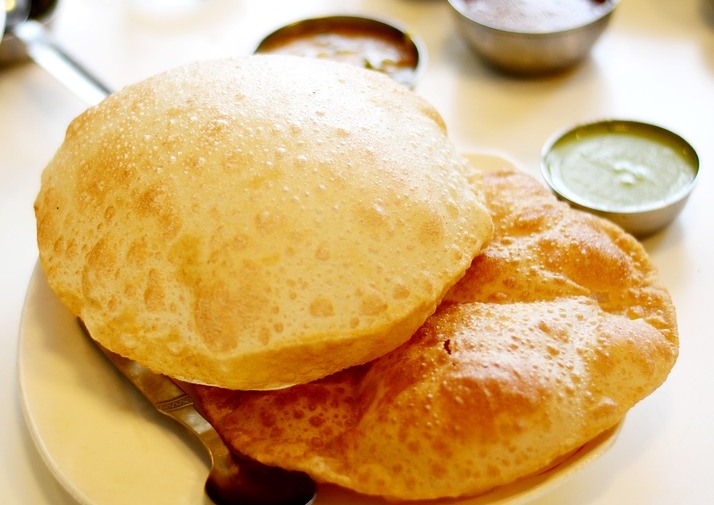
Recent Comments